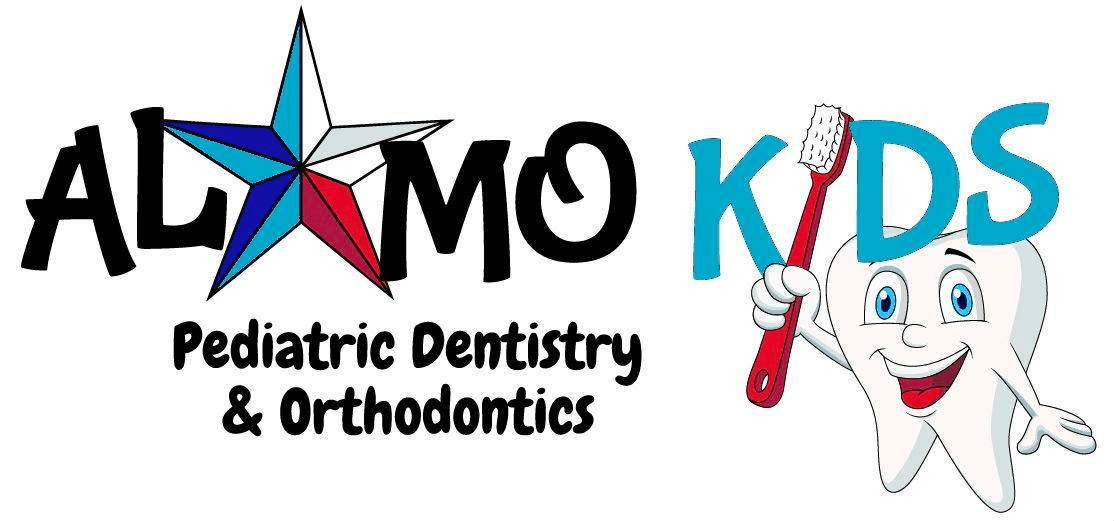September 1, 2023
Here’s a look at some of the conditions your child may have that may be alleviated or reversed by orthodontic treatment.
- Crowded teeth – Teeth may be aligned poorly because the dental arch is small and/or the teeth are large. The bone and gums over the roots of extremely crowded teeth may become thin and recede as a result of severe crowding.
- Impacted teeth – In many cases, wisdom teeth do not grow in properly, have a proper bite relationship, or have healthy gum tissue around them. Often, wisdom teeth improperly erupt and become impacted, requiring them to be extracted, or pulled. Impacted teeth may also be caused by improper biting relationships.
- Protruding upper teeth – Thumb and finger sucking habits in young children is often the culprit for protruding upper teeth. The clinical term for this is “overjet,” which happens when your child’s upper front teeth protrude outward. Because they don’t have normal contact with the lower front teeth, protruding front teeth are especially prone to being broken, chipped, or even knocked out. In some cases, overjet may indicate a poor bite of the back teeth, or molars, and more seriously, uneven jaw growth. Children with protruded upper teeth often have a lower jaw that is short in proportion to the upper jaw.
- Deep overbite – A deep overbite or “deep bite” is caused by the lower incisor (front) teeth biting too close or into the gum tissue behind the upper teeth. When the lower front teeth bite into the palate or gum tissue behind the upper front teeth, significant bone damage and discomfort can occur. A deep bite can also contribute to excessive wear of the incisor teeth.
- Underbite – Underbite, or lower jaw protrusion, usually occurs in a small percentage of children. Underbite is a condition in which the lower jaw is longer than the upper jaw. The lower front teeth protrude, creating a “crossbite.” Orthodontic treatment involves monitoring jaw and tooth growth.
- Open bite – Open bite is usually the result of the upper and lower incisor teeth failing to make contact when biting down. This causes all the chewing pressure to be placed on the back teeth, making chewing less efficient and may contribute to significant tooth wear.
- Spacing – If teeth are missing or small, or the dental arch is very wide, space between the teeth can occur. The most common complaint from those with excessive space is poor appearance.
- Crossbite – Crossbite typically occurs when the upper teeth bite inside the lower teeth. This condition can be easily alleviated if caught early.
